The adage that money doesn’t make one happy seems to hold much truth when it comes to ensuring employees, volunteers and vendors remain loyal and encouraged to work their hardest. Recognition – the stoking of the pride (and ego in some cases) always seems to best the dollar.
The current better economy should usher in a healthy awards program sales environment. But there remain some companies that feel the need to be too conservative or resistant to spending money on recognition programs. However, says Dave Miller of Bruce Fox Inc., while it’s true that the economy is always a factor, “I’ve found in my 27 years here that for every end-client that cuts back during an economic downturn, there is at least an equal number of companies that amp it up when things get tough. These are organizations that realize recognition is not a luxury item. Honoring high performers becomes even more critical when in survival mode.”

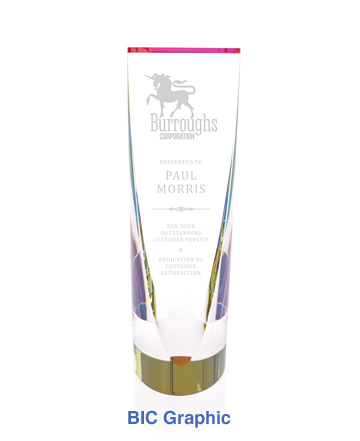 According to Laura High of BIC Graphic, the awards and recognition category continues to grow. Personalized items for display such as awards, trophies and plaques are typically featured on desks, walls, shelves and mantels (i.e., personal office spaces) and therefore garner fewer impressions per month (approximately 220 impressions/month), however, she emphasizes, these items are kept for a very long time and generate the most favorable impression from recipients.
According to Laura High of BIC Graphic, the awards and recognition category continues to grow. Personalized items for display such as awards, trophies and plaques are typically featured on desks, walls, shelves and mantels (i.e., personal office spaces) and therefore garner fewer impressions per month (approximately 220 impressions/month), however, she emphasizes, these items are kept for a very long time and generate the most favorable impression from recipients.
High explains that there is a difference between short-term motivation and recognition and long-term recognition – and distributors can enjoy outstanding rewards by working with both for clients. Gift cards, team lunches, cash and travel can motivate short-term goal achievements. “Tangible rewards that are kept (and therefore remembered) are tied to psychological well-being. Companies that recognize or otherwise engage employees see increased job performance and reduced turnover – in turn making a company more successful,” she describes.
A recognition program, she adds, can include years-of-service awards, quarterly or yearly sales achievements, and team project completions. If you can secure a recognition program it is a highly repeatable business, and with the increased importance on employee engagement, it’s a market that will continue to grow.

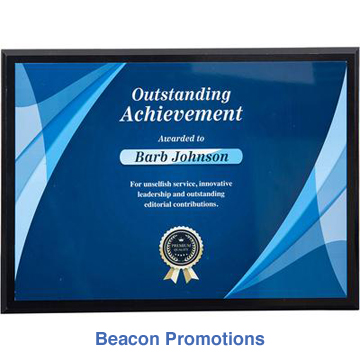 Miller observes that approximately 90 percent of all organizations are buying some sort of recognition awards. “Recognition programs are not products, they are solutions,” he emphasizes. “Distributors have an opportunity to actively convey an expertise with awards, pursue the category as a central element of their business strategy, and work in a consultative, agency-style manner to build effective programs with their clients.”
Miller observes that approximately 90 percent of all organizations are buying some sort of recognition awards. “Recognition programs are not products, they are solutions,” he emphasizes. “Distributors have an opportunity to actively convey an expertise with awards, pursue the category as a central element of their business strategy, and work in a consultative, agency-style manner to build effective programs with their clients.”
There are economic reasons to raise the recognition program concept to your clients, says Jason Corsetti of Moderne Glass.
• A Gallup Survey showed that 53 percent of responding employees left an employer due to lack of incentives and/or recognition and praise.
• Studies show it costs two to three times more to replace a worker than to retain one.
• The Bliss model estimates that the cost of replacing a departing employee begins at 150 percent of his or her salary.

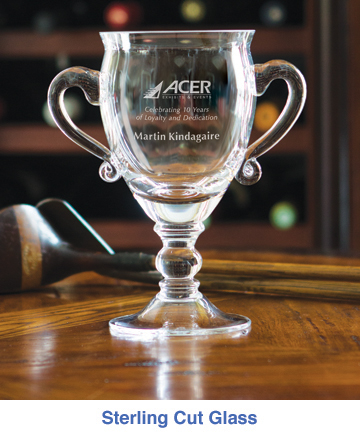 Distributors, says High, can protect your existing business by increasing your network within your client’s company. “Your marketing or communications contact may not be in charge of employee retention and recognition,” she points out. “Ask existing contacts to make an introduction. The following departments are all potential targets:”
Distributors, says High, can protect your existing business by increasing your network within your client’s company. “Your marketing or communications contact may not be in charge of employee retention and recognition,” she points out. “Ask existing contacts to make an introduction. The following departments are all potential targets:”
• Human Resources – service, attendance, retirement, training, promotions, wellness programs
• Corporate/C-Suite – milestones, new buildings, acquisitions, holiday gifts
• Finance – budget performance, inventory control, cost/savings initiatives
• Sales – annual performance, sales incentives, clubs, networking communities, customer gifts
• Marketing/PR – trade shows, meetings, new product launches, project completions, events, brand advocate programs, contest prizes
• Operations – cost improvement programs, efficiency/safety/process improvements
Program Construction Advice
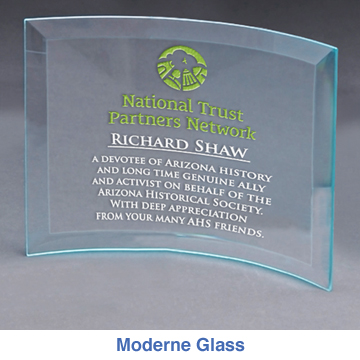 There are questions to ask, and protocols to follow and introduce when conversing with your client about constructing an effective program that rewards employees, customers and vendors.
There are questions to ask, and protocols to follow and introduce when conversing with your client about constructing an effective program that rewards employees, customers and vendors.
Bruce Fox Inc., says Miller, has created a set of tools for distributors to apply as a part of a training-based curriculum for learning and selling a successful, effective rewards and recognition program. As an example, the company’s “20 Questions” instrument functions as an assessment for distributors to administer to their clients. “We have pinpointed 10 traits that define ‘effective recognition,’” he describes. “We have identified 72 specific uses for the products we design and manufacture. There’s a lot to know, and it’s incumbent on us to offer the tools distributors need to set themselves apart from the world of “your logo here.”

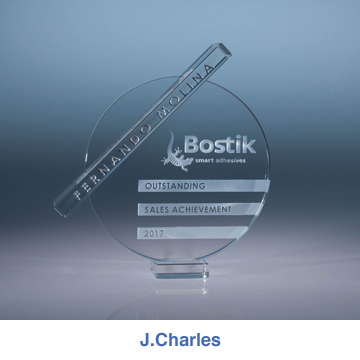 High suggests presenting three components that will create a comprehensive program to enhance employee engagement.
High suggests presenting three components that will create a comprehensive program to enhance employee engagement.
1) Day-to-Day Recognition. “This is informal, frequent and ongoing, and would include the largest number of recipients, she points out. This includes thank-you notes/emails and public praise.
2) Informal Recognition. This singles out individuals and teams to laud progress, and generally uses low-cost items as rewards.
3) Formal Recognition. “This is a structured program linked to organizational values and goals, and generally features public recognition on an annual basis where a select few employees are awarded. Higher cost/value items for prestige,” High says.
She recommends you ask your clients the following questions to obtain the information you need to begin constructing the three-point program:
• What is the desired objective?
• How many pieces do you project needing – quantities, award frequency, etc.?
• Do you want or envision one award or multiple tiers?
• Is there a theme or logo?
• Where do you anticipate recipients keeping the award?
• Is a functional award appropriate or perhaps just to be displayed?
• Is the award specialized to a particular person’s interests or is to be generic?
• What is the recipient’s level in the organization?
• What is the budget?
• Is this a new program that is being initiated (and intended to repeat or grow next year) or is this an existing award program and the client is just shopping for the actual items?
According to Corsetti, there is some basic math that distributors can do for a service award program that can get the ball rolling for clients. For example, he describes, a business plans to recognize employees at 5-year intervals and has allocated $5000 for the program. There are 47 employees being recognized.
• 20 at 5 years of service (20 x 5 = 100)
• 14 at 10 years of service (14 x 10 = 140)
• 13 at 15 years of service (13 x 15 = 195)
This adds to 435 total anniversary years. If you divide your $5000 budget over your 435 total anniversary years, you will have a budgeted expense of $11.49 per anniversary year.
Therefore, the budget per employee per year breakdown is as follows:
• 5 years of service ($11.49 x 5 = $57.45 total spend per award/employee)
• 10 years of service ($11.49 x 10 = $114.90 total spend per award/employee)
• 15 years of service ($11.49 x 15 = $172.35 total spend per award/employee)
This proactive and managed stance also turns service awards into an annuity, he asserts, because every year someone in your client’s company is likely to be having a work anniversary.
Corsetti concludes, “Employee recognition programs, properly run, are less vulnerable to inclement financial weather. Valuable employees need to be retained in feasts and famines.”